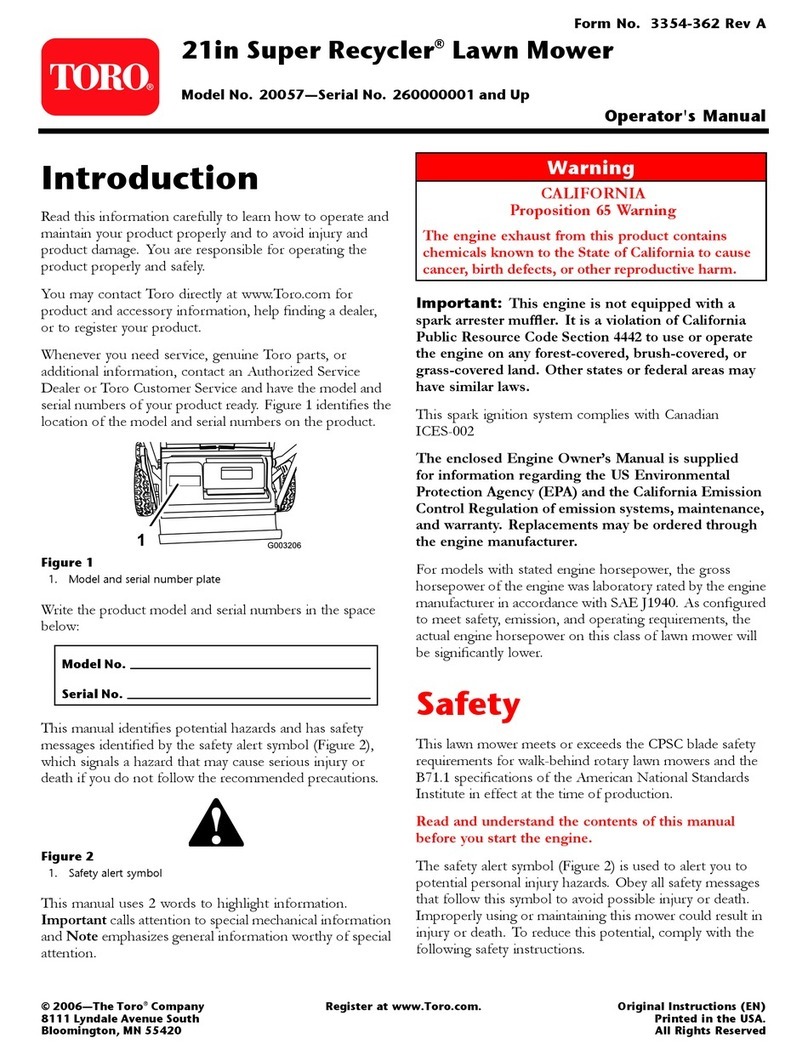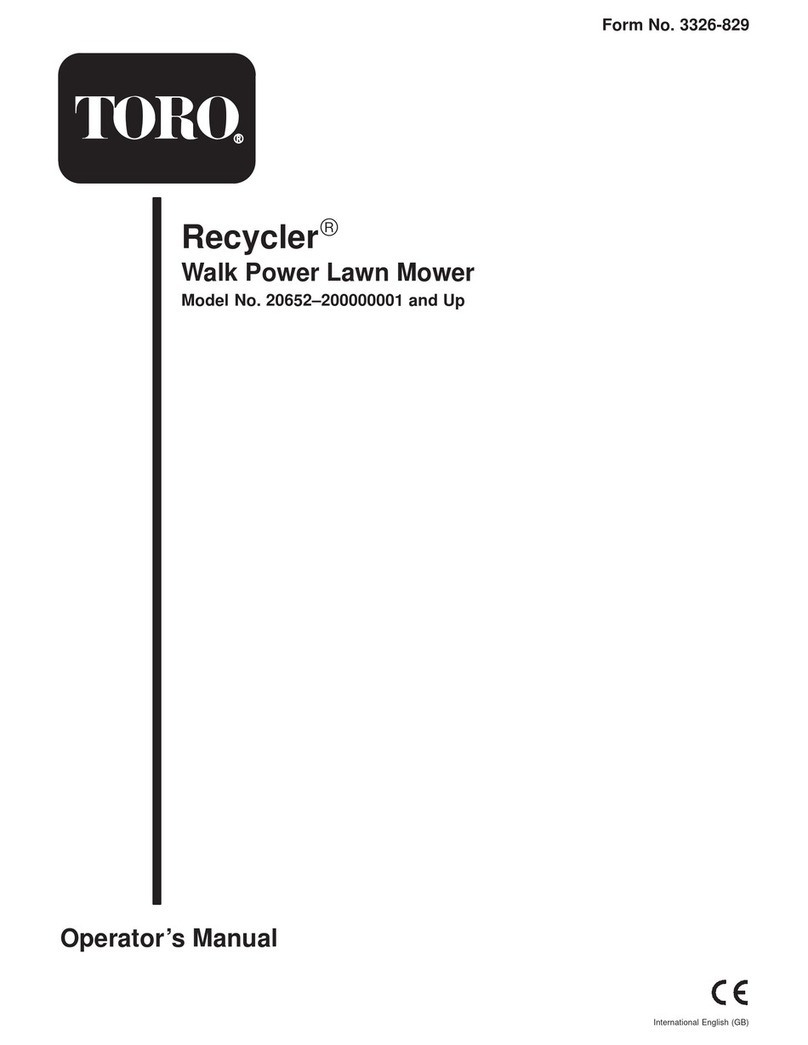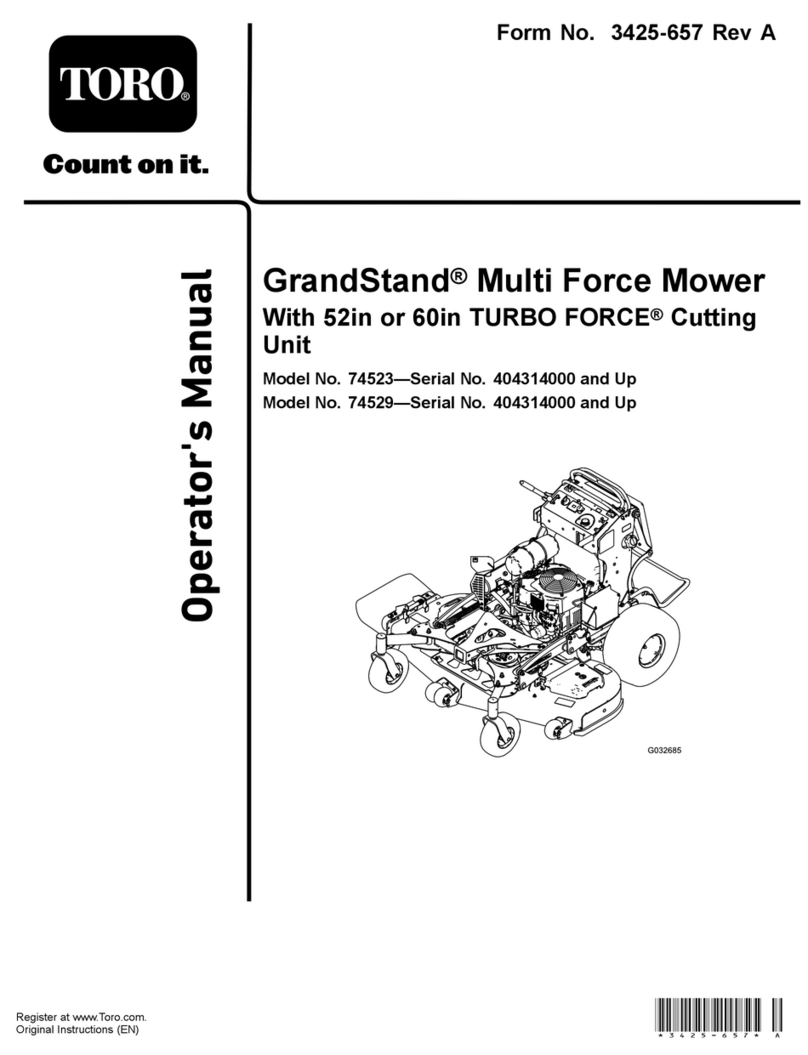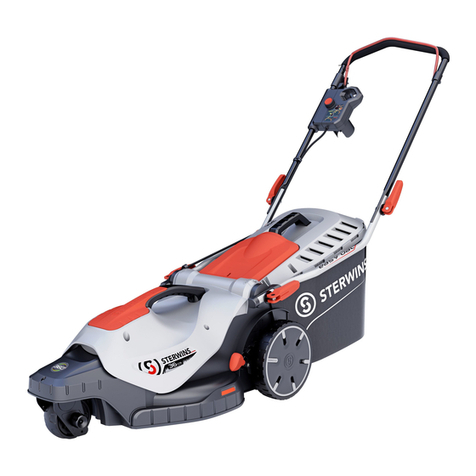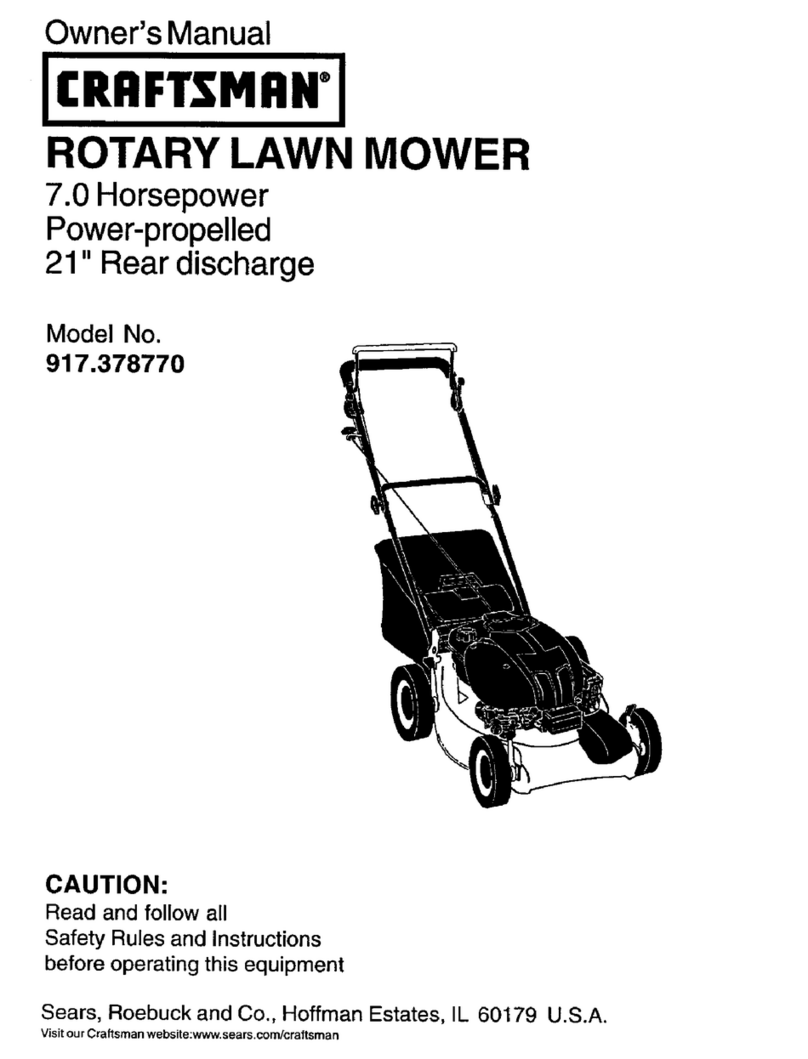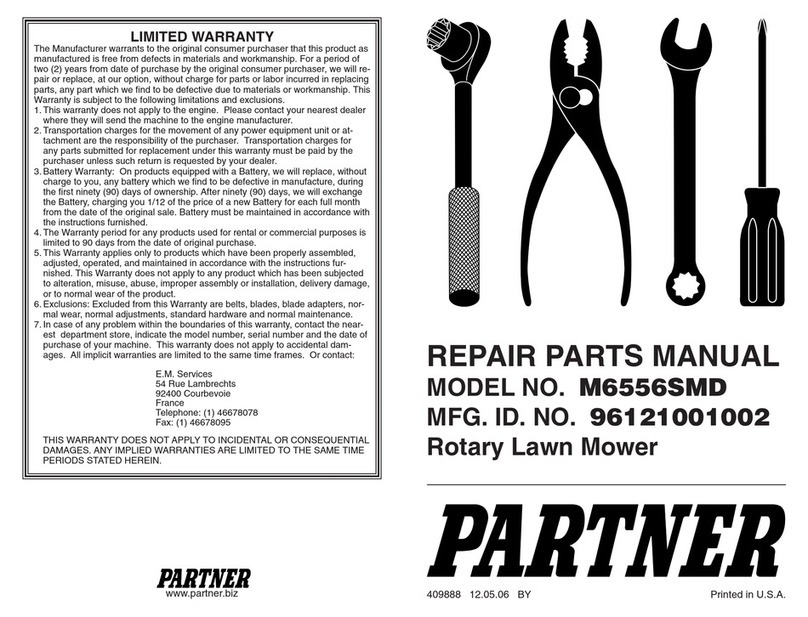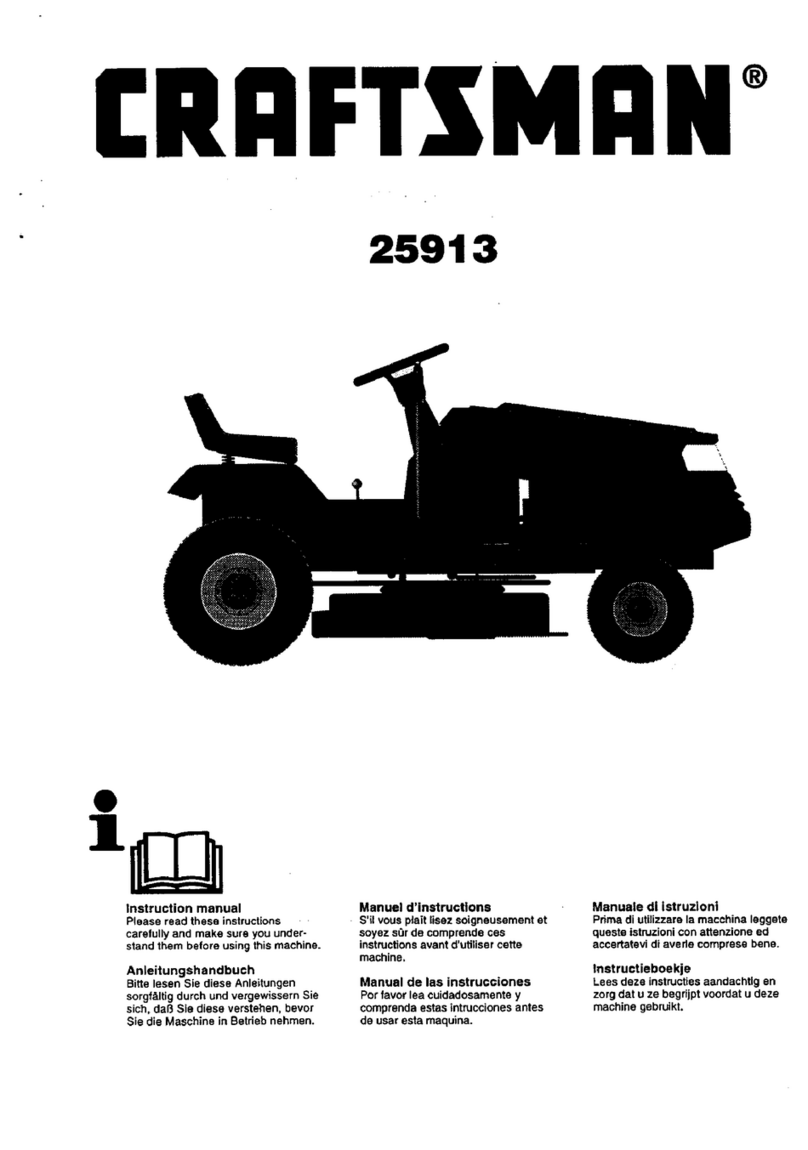Toro ProLine 21 Recycler Series User manual
Other Toro Lawn Mower manuals
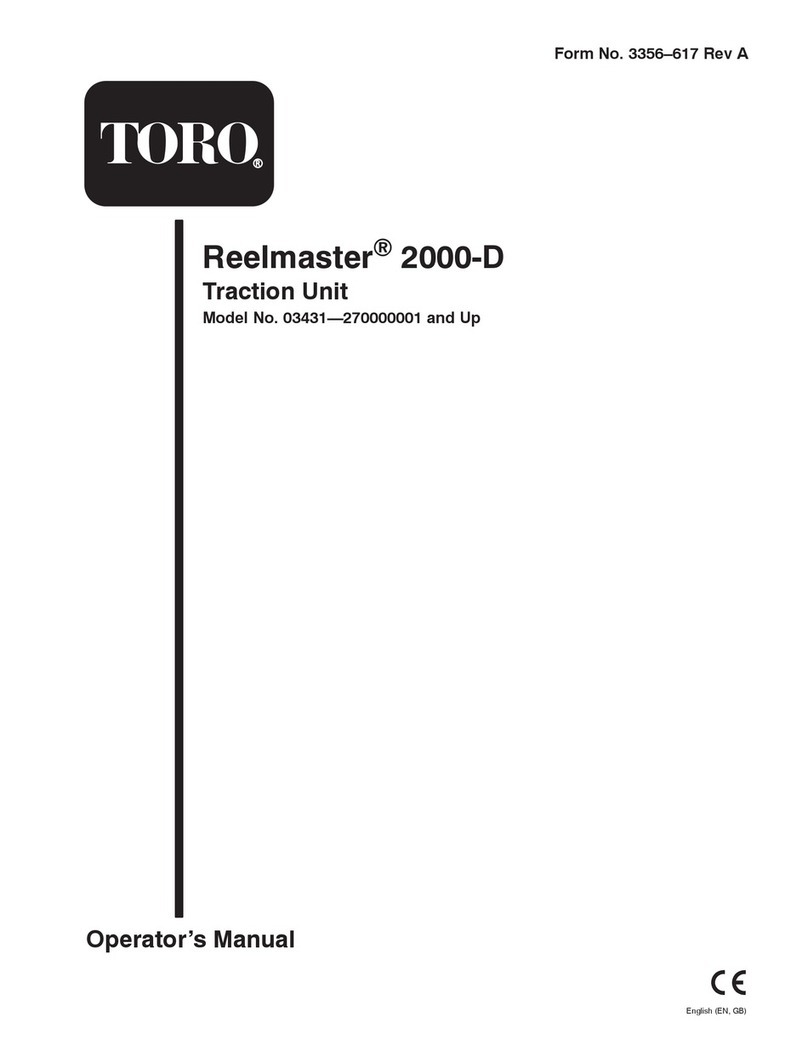
Toro
Toro Reelmaster 2000-D 03431 User manual
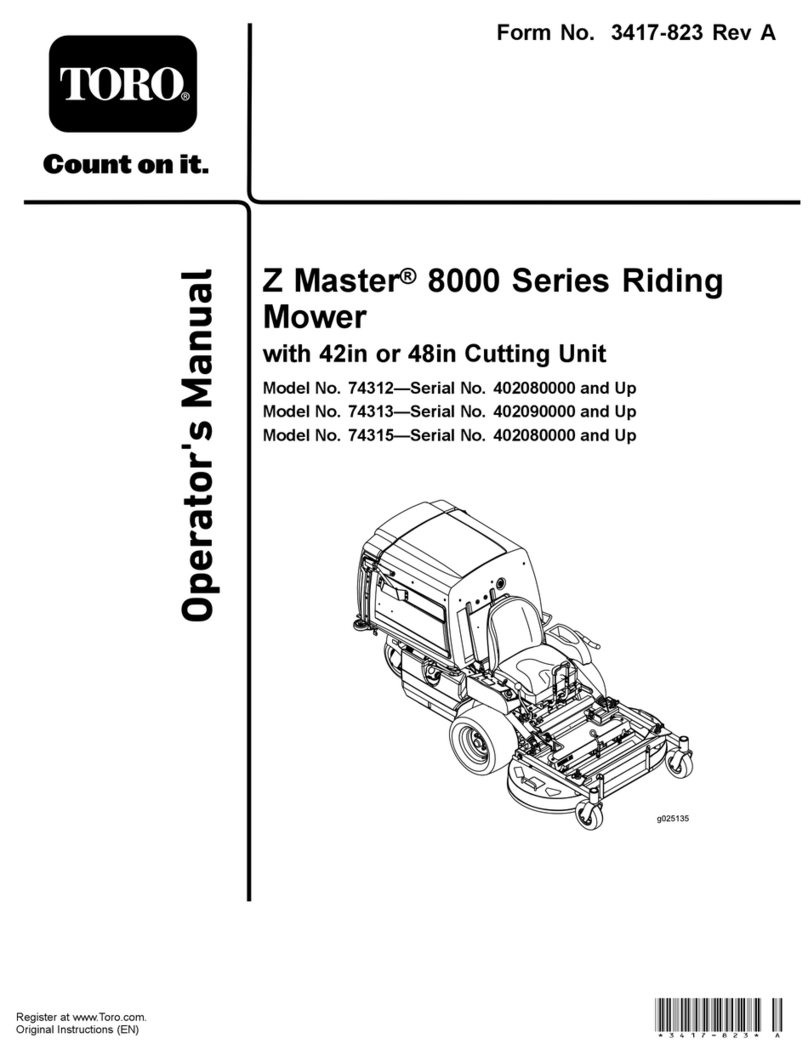
Toro
Toro Z Master 8000 74312 User manual
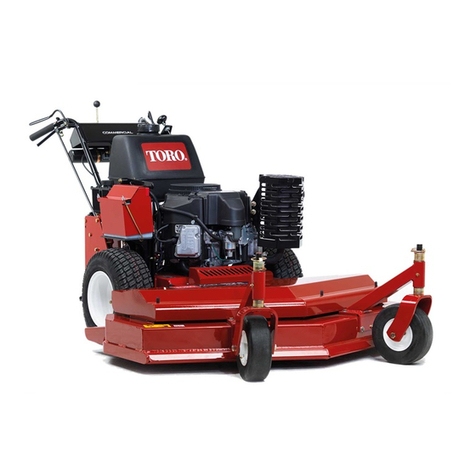
Toro
Toro 31914 User manual
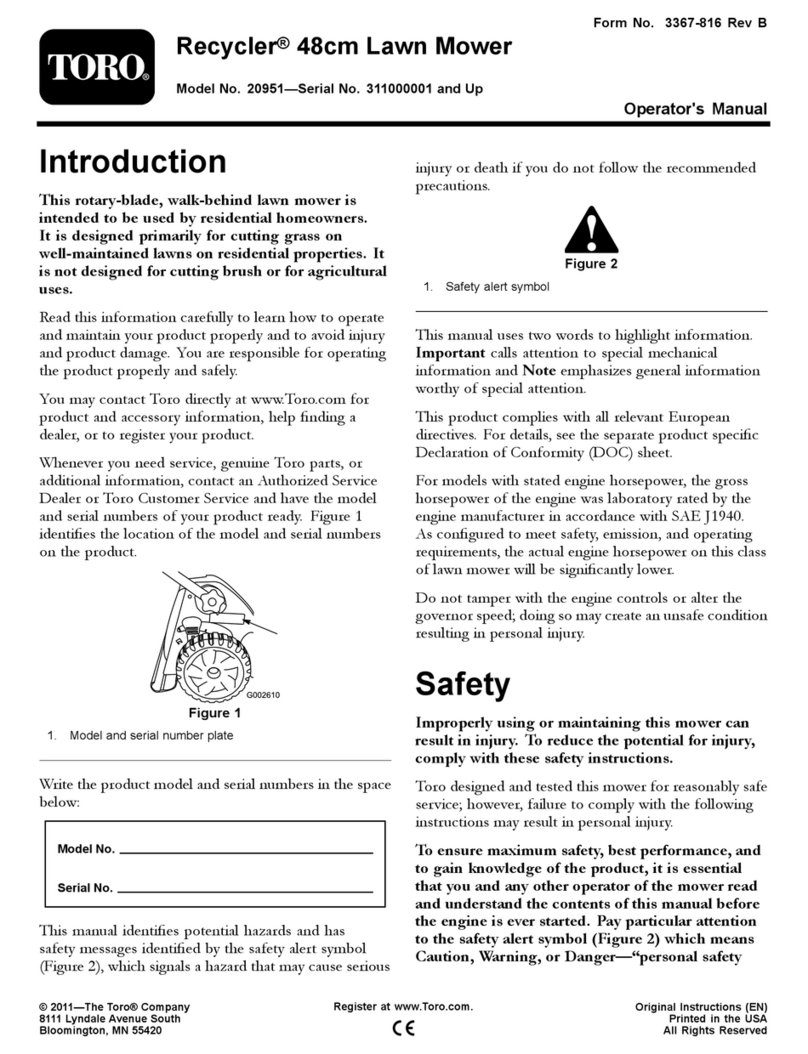
Toro
Toro Recycler 20951 User manual

Toro
Toro 31596 User manual
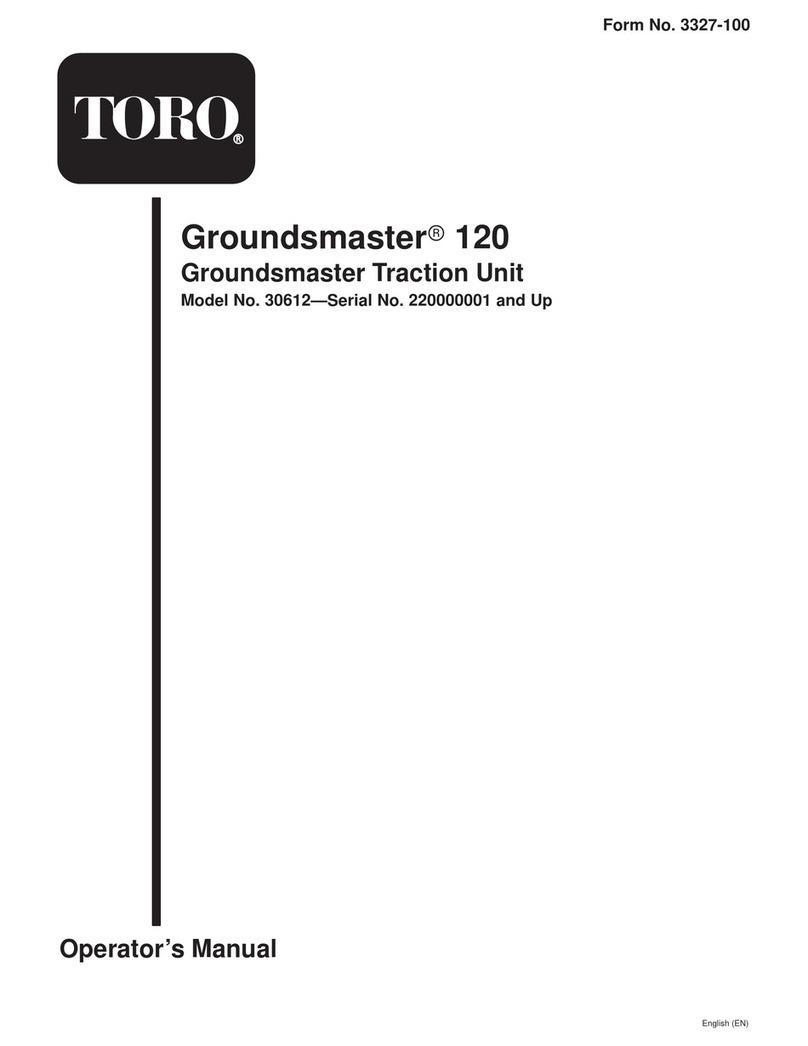
Toro
Toro 30612 User manual

Toro
Toro 22293 User manual
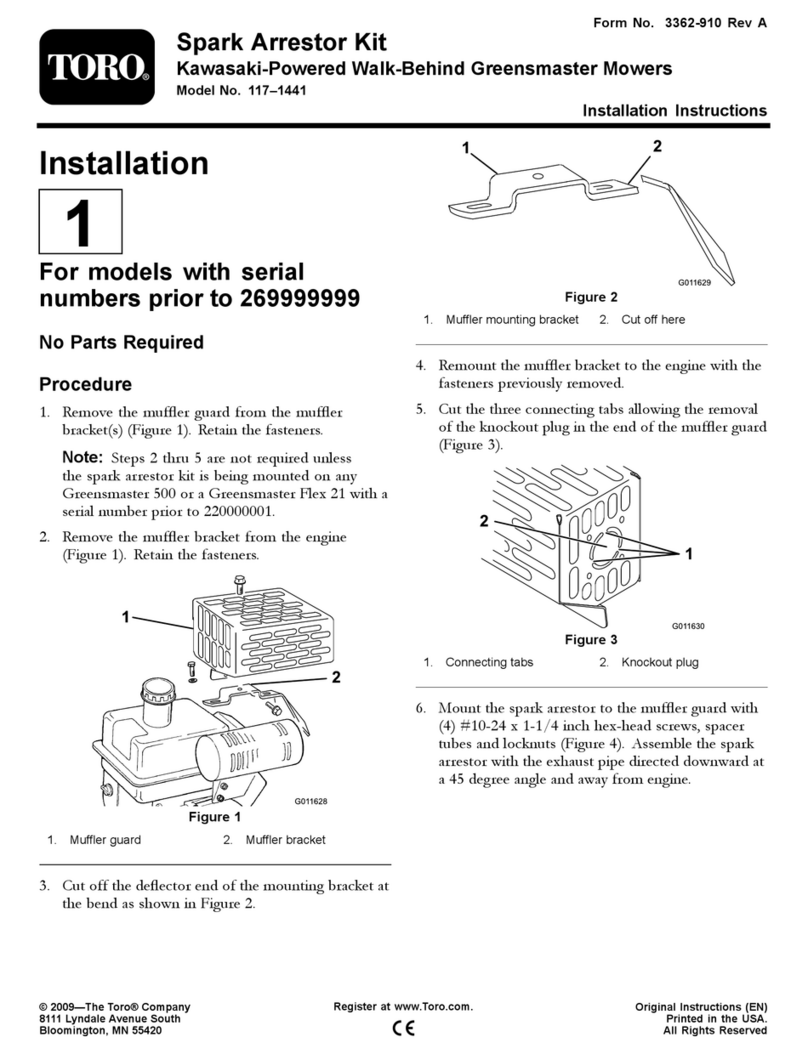
Toro
Toro 117–1441 User manual

Toro
Toro 71199 User manual
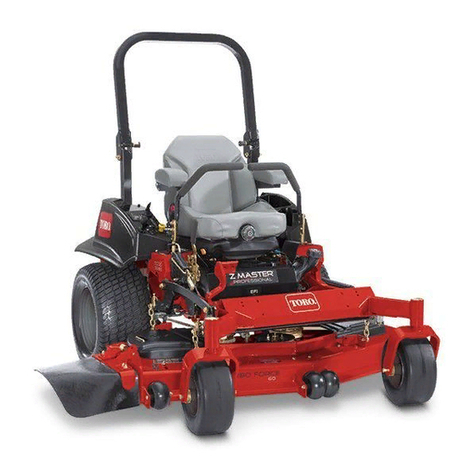
Toro
Toro 74906 User manual
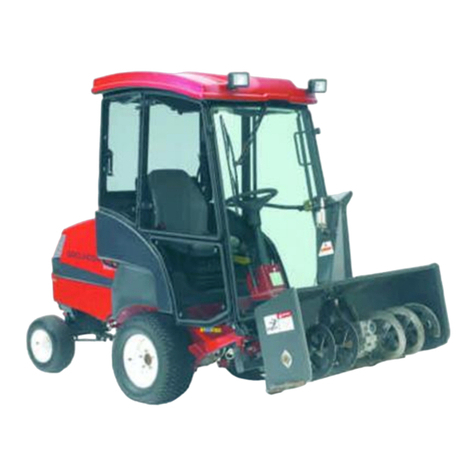
Toro
Toro Groundsmaster 3280-D User manual
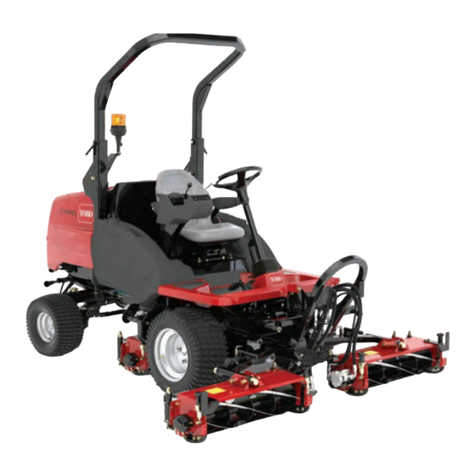
Toro
Toro CT2120 30655 User manual
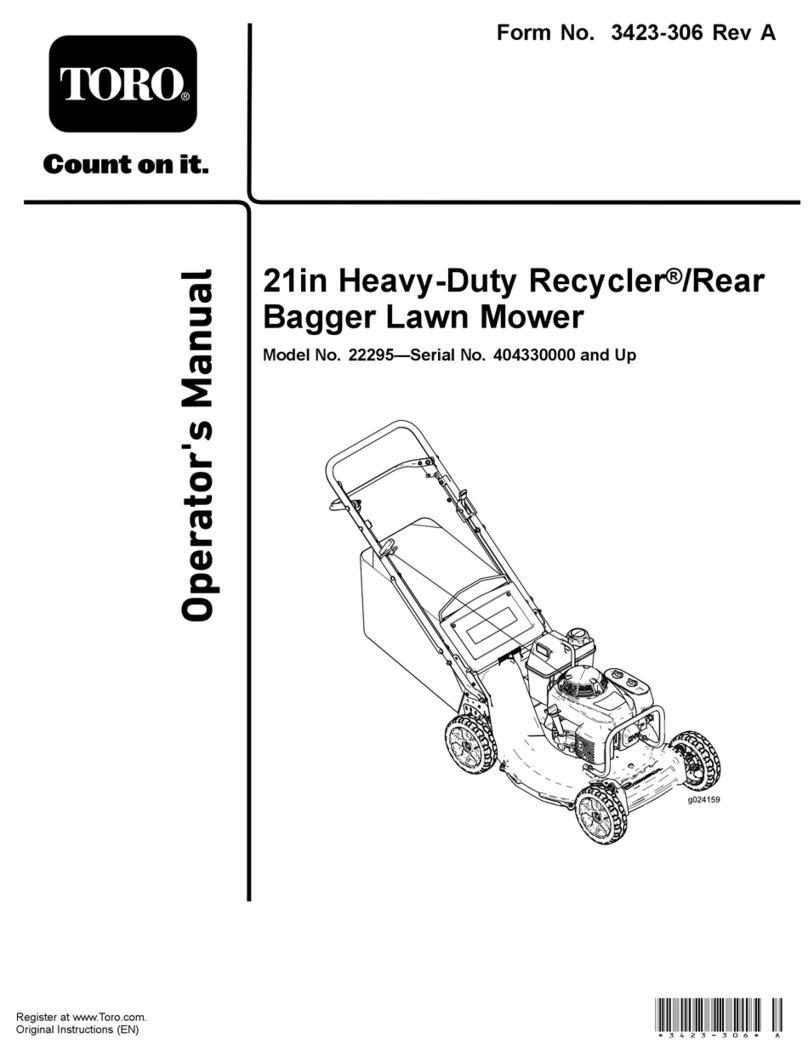
Toro
Toro 22295 User manual

Toro
Toro 407820000 User manual
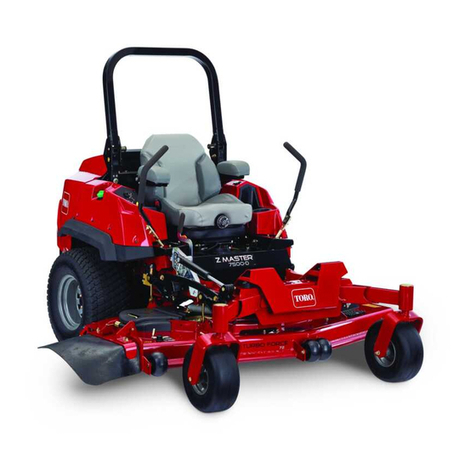
Toro
Toro Z Master Professional 7500-DSeries User manual
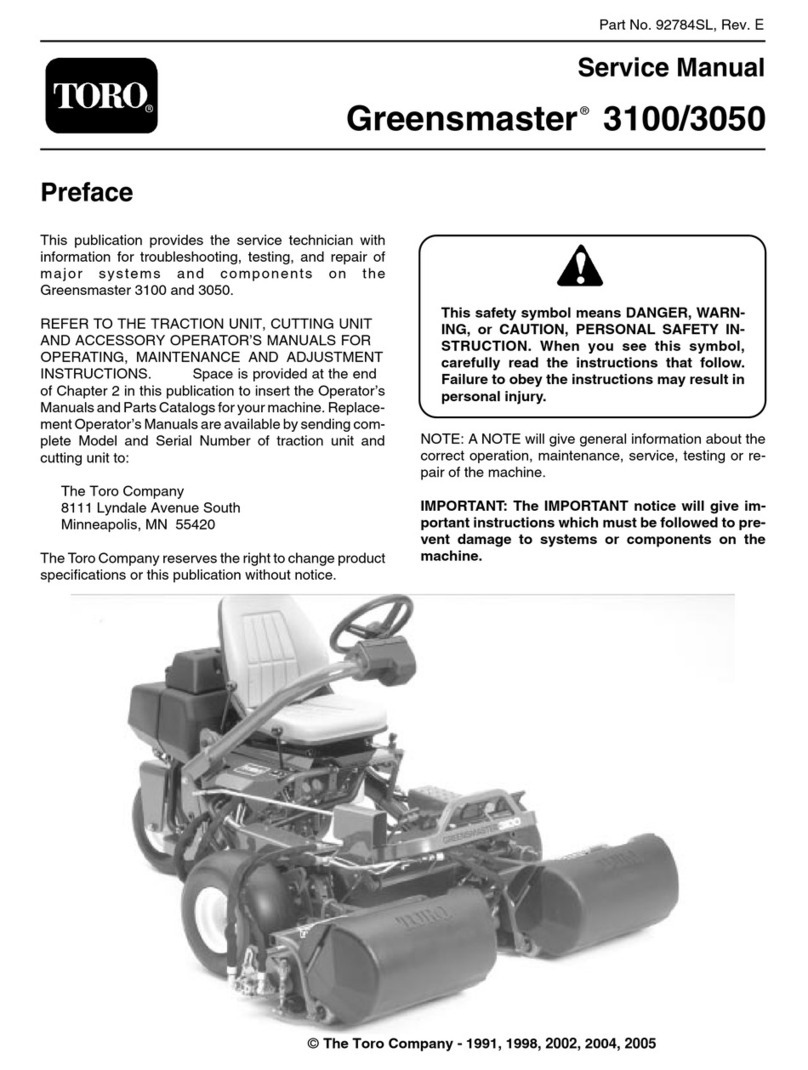
Toro
Toro GREENSMASTER 3100 User manual
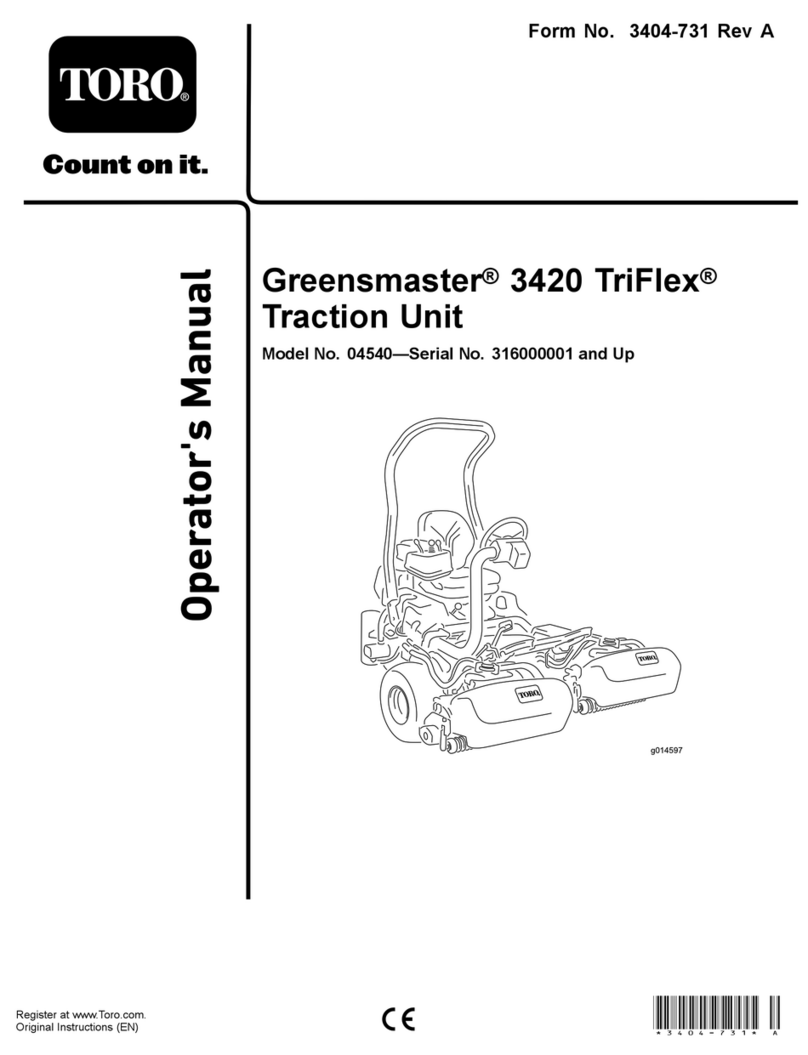
Toro
Toro 4540 User manual

Toro
Toro 71226 User manual

Toro
Toro 2000 Series User manual

Toro
Toro 03410TE User manual
